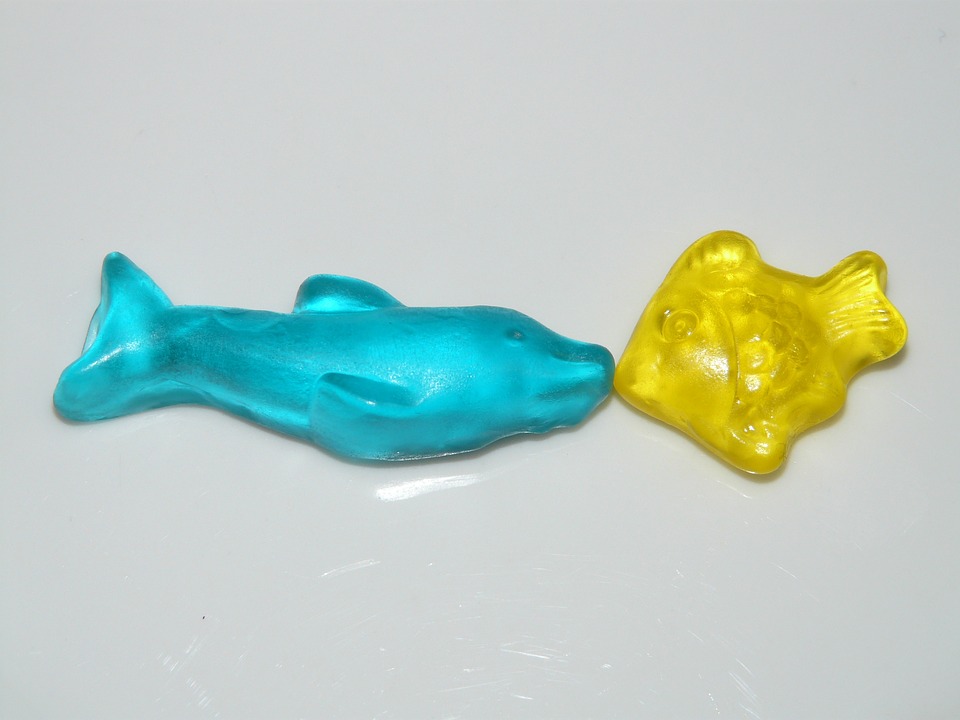Exploring Fish Behavior: How Different Species Respond to Tank Environments
Understanding fish behavior is essential for creating a healthy and thriving aquarium. Each fish species has its own unique behavior patterns, preferences, and responses to tank environments. By delving into the fascinating world of fish behavior, aquarists can create optimal living conditions that promote the well-being of their underwater companions. In this article, we will explore various aspects of fish behavior, including their social interactions, feeding habits, territorial behavior, and responses to environmental stimuli.
Social Interactions:
Different fish species exhibit varying social behaviors. Some species are shoaling, meaning they prefer to live in groups, while others are solitary and prefer to be alone.
Shoaling Species: The Benefits of Living in Groups
Shoaling species, such as tetras and danios, thrive in the company of their own kind. Living in groups provides several benefits, including increased chances of finding food, protection from predators, and social interaction. It is important to provide an appropriate number of shoaling fish in the aquarium to prevent stress and loneliness.
Solitary Species: The Joys of Independence
Solitary species, such as bettas and some cichlids, prefer to be alone and establish their own territories. They may become aggressive towards other fish if their personal space is invaded. It is crucial to provide hiding places and ample space for solitary fish to establish their territories and avoid conflicts.
Hierarchy and Dominance:
Within shoaling species, a hierarchy and dominance structure often emerge. This pecking order helps maintain order and minimize aggression within the group.
Establishing a Pecking Order
When introducing new fish to a shoaling species, there may be initial aggression as they establish their social hierarchy. This behavior is normal and should subside once the dominance order is established.
Dominant vs. Subordinate Fish
Dominant fish often display more vibrant colors and larger body size, while subordinate fish may exhibit more submissive behaviors. It is important to monitor the behavior of all fish in the tank to ensure that dominant individuals do not harass or bully their subordinates.
Feeding Habits:
Fish have varying dietary needs, and understanding their feeding habits is crucial for providing a balanced diet.
Omnivores, Herbivores, and Carnivores:
Fish can be classified as omnivores, herbivores, or carnivores based on their dietary preferences. Some species, like guppies, are omnivores and require a mix of plant and animal-based foods. Herbivorous species, like plecos, primarily consume algae and plant matter. Carnivorous species, like cichlids, require a diet rich in protein from sources such as small fish or insects.
Feeding Strategies:
Different fish species have adapted to different feeding strategies based on their natural habitats.
Surface Feeders vs. Bottom Dwellers
Some fish species, like bettas, are surface feeders and prefer to eat floating or surface-dwelling foods. Others, like catfish, are bottom dwellers and require sinking pellets or foods that reach the aquarium floor.
Specialized Feeding Techniques
Certain fish species have evolved unique feeding techniques to obtain their food. For example, Archerfish are known for their ability to shoot water at insects above the water’s surface, knocking them into the water, where they can be easily consumed.
Territorial Behavior:
Many fish species exhibit territorial behavior, defending their personal space and resources from intruders.
Establishing Territories
Fish use various methods to establish their territories, such as marking their territory with pheromones or displaying aggressive behaviors towards intruders. Providing hiding places and ample space is crucial for allowing fish to establish their territories and reduce conflicts.
Aggression and Compatibility
Some fish species are naturally more aggressive than others. It is essential to research the compatibility of different species before keeping them together in the same aquarium. Aggressive species may harass or injure peaceful species, leading to stress and potential health issues.
Responses to Environmental Stimuli:
Fish respond to various environmental stimuli, such as light and water parameters, which can influence their behavior and overall well-being.
Lighting and Phototaxis
Different fish species have varying preferences for lighting conditions. Some prefer dimly lit environments, while others thrive in brightly lit aquariums. It is important to replicate the natural lighting conditions for your fish species to promote their natural behavior and health.
Water Parameters
Fish have specific preferences for water temperature, pH levels, and water hardness. It is crucial to research the specific needs of your fish species and maintain optimal water conditions. Sudden changes in water parameters can stress fish and lead to health problems. When introducing fish to new water conditions, it is important to acclimate them gradually to prevent shock.
In conclusion, understanding fish behavior is crucial for maintaining a harmonious and thriving aquarium. By considering the social interactions, feeding habits, territorial behavior, and responses to environmental stimuli of different fish species, aquarists can create a suitable and enriching environment for their underwater companions. Remember to research the specific needs of your fish species and consult with experts to ensure the well-being of your aquatic friends.









